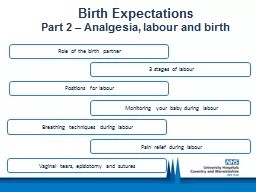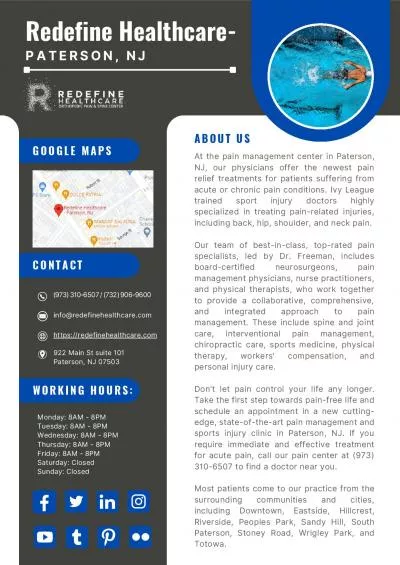PPT-Pain Prior to Birth Robin Pierucci, MD, MA
Author : keywordsgucci | Published Date : 2020-06-19
Parents instinctively know babies feel pain Painful Definition Problem Baby Premie Fetus Both doctors and lawyers have a history of being confused Outline Fetal
Presentation Embed Code
Download Presentation
Download Presentation The PPT/PDF document "Pain Prior to Birth Robin Pierucci, MD, ..." is the property of its rightful owner. Permission is granted to download and print the materials on this website for personal, non-commercial use only, and to display it on your personal computer provided you do not modify the materials and that you retain all copyright notices contained in the materials. By downloading content from our website, you accept the terms of this agreement.
Pain Prior to Birth Robin Pierucci, MD, MA: Transcript
Download Rules Of Document
"Pain Prior to Birth Robin Pierucci, MD, MA"The content belongs to its owner. You may download and print it for personal use, without modification, and keep all copyright notices. By downloading, you agree to these terms.
Related Documents














